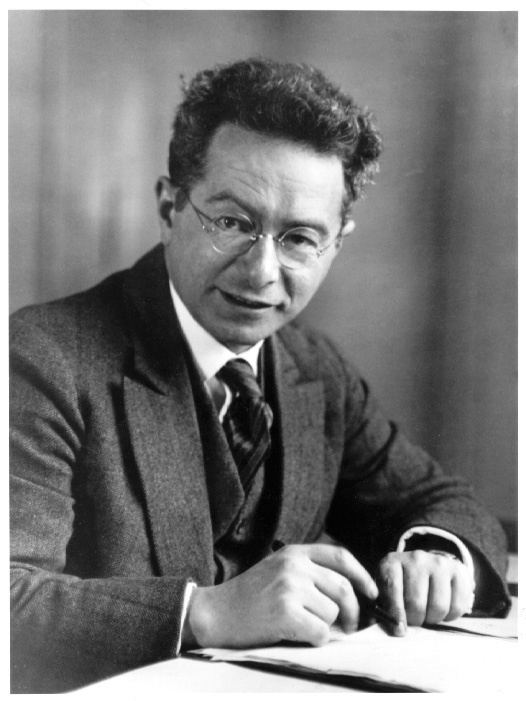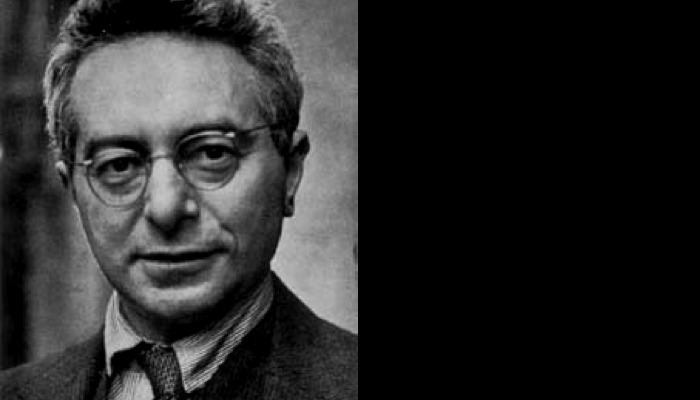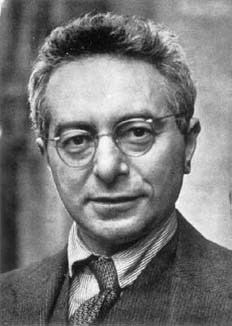Nationality German American | Name Richard Courant Children Ernest Courant Role Mathematician | |
 | ||
Institutions University of GottingenUniversity of MunsterUniversity of CambridgeNew York University Alma mater University of Gottingen Doctoral students Herbert BusemannYu Why ChenWilliam FellerKurt FriedrichsFritz JohnJoseph KellerEdgar KrahnMartin KruskalAnneli LaxHans LewyOtto NeugebauerFranz Rellich Known for Courant numberCourant minimax principleCourant–Friedrichs–Lewy condition Died January 27, 1972, New York City, New York, United States Books Methoden der mathemat, What Is Mathematics?, Introduction to Calculus and Anal, Differential and Integral C, Supersonic flow and shock wa Similar People | ||
Education University of Gottingen | ||
Quotations richard courant wmv
Richard Courant (January 8, 1888 – January 27, 1972) was a German American mathematician. He is best known by the general public for the book What is Mathematics?, co-written with Herbert Robbins.
Contents
- Quotations richard courant wmv
- Richard courant
- Life and career
- Perspective on mathematics
- Personal life
- Publications
- References

Richard courant
Life and career

Courant was born in Lublinitz, in the Prussian Province of Silesia. His parents were Siegmund Courant and Martha Courant née Freund of Oels. Edith Stein was Richard's cousin on the paternal side. During his youth his parents moved often, including to Glatz, then to Breslau and in 1905 to Berlin. He stayed in Breslau and entered the university there, then continued his studies at the University of Zürich and the University of Göttingen. He became David Hilbert's assistant in Göttingen and obtained his doctorate there in 1910. He was obliged to serve in World War I, but was wounded shortly after enlisting and therefore dismissed from the military. He continued his research in Göttingen and then engaged a two-year period at the University of Münster as professor of mathematics. There he founded the Mathematical Institute, which he headed as director from 1928 until 1933.

Courant left Germany in 1933, earlier than many Jewish escapees. He did not lose his position due to being Jewish, as his previous service as a front-line soldier exempted him; however, his public membership in the social-democratic left was reason enough (for the Nazis) for dismissal.
In 1936, after one year at Cambridge, Courant accepted a professorship at New York University in New York City. There he founded an institute for graduate studies in applied mathematics. The Courant Institute of Mathematical Sciences (as it was renamed in 1964) is now one of the most respected research centers in applied mathematics.
Courant and David Hilbert authored the influential textbook Methoden der mathematischen Physik which, with its revised editions, is still current and widely used since its publication in 1924. With Herbert Robbins he coauthored a popular overview of higher mathematics, intended for the general public, titled What is Mathematics?. With Fritz John he also coauthored the two-volume work Introduction to Calculus and Analysis, first published in 1965.
Courant's name is also attached to the finite element method, with his numerical treatment of the plain torsion problem for multiply-connected domains, published in 1943. This method is now one of the ways to solve partial differential equations numerically. Courant is a namesake of the Courant–Friedrichs–Lewy condition and the Courant minimax principle.
Courant died in New Rochelle, New York.
Perspective on mathematics
Commenting upon his analysis of experimental results from in-laboratory soap film formations, Courant believed that the existence of a physical solution does not obviate mathematical proof. Here is a quote from Courant on his mathematical perspective:
Empirical evidence can never establish mathematical existence--nor can the mathematician's demand for existence be dismissed by the physicist as useless rigor. Only a mathematical existence proof can ensure that the mathematical description of a physical phenomenon is meaningful.
Personal life
In 1912 Courant married Nelly Neumann, who had earned her doctorate at Breslau in Symplectic Geometry in 1909. They lived together in Göttingen until they were divorced in 1916. She was later murdered by the Nazis in 1942 for being Jewish. (cite: https://jwa.org/encyclopedia/article/neumann-nelly )
In 1919 Courant married Nerina (Nina) Runge (1891-1991), a daughter of the Göttingen professor for Applied Mathematics, Carl Runge (of Runge-Kutta fame).
Richard and Nerina had four children: Ernest, a particle physicist and innovator in particle accelerators; Gertrude (1922-2014), a PhD biologist and wife of the mathematician Jürgen Moser (1928–1999); Hans, a physicist who participated in the Manhattan Project; and Leonore (known as "Lori," 1928-2015), a professional violist and wife of the mathematician Jerome Berkowitz (1928–1998).
